|
Early in the morning Lynn had a swim in the Miraflores hotel swimming pool. It had a green film over the surface and she was surprised there weren’t any ducks there as they would have loved it! We set off east from Moa towards the Alejandro de Humboldt National Park. Moa is a nickel mining town and many of the people staying in the hotel were in the mining industry. The mining is open cast and this was plain to see in the area east of the town as it is done on a large scale. We were told by Leandro that we were not allowed to take photos here presumably because this is not the picture of Cuba that the authorities want to show. We made a couple of stops further on once we were beyond the mines and here we noticed a steady trickle of butterflies moving north including Gray Cracker Hamadryas februa, Great Southern White Ascia monuste, White-angled Sulphur Anteos clorinde and Cloudless Sulphur Phoebis sennae but best of all was a single Silver-studded Leafwing Hypna clytemnestra. This was a first for me and although it didn’t stop I had a clear enough view to be sure. Both Polydamas Swallowtail Battus polydamas and Cuban Kite Swallowtail Eurytides celadon with its distinctive blue colour flew past and we watched Mimosa Yellow Pyrisitia nise laying. There was also a small number of the endemic Orange-washed Sulphur Phoebis avellaneda. The road from Moa is paved as far as a few km beyond Yamanigüey but from there on is just a dusty stoned track so the going is much slower until a few km before you get to Baracoa. When we arrived at the NP reception building there was a small statue of Humboldt himself. We paid a small fee and picked up our guide Leuvis Alpajón who would take us into the park for the rest of the day. It was hot and the tracks were steep and there were shallow rivers to cross though some of us managed this without removing our shoes and using the stepping stones. Only a short distance from the road Doug noticed a blue which he disturbed from a Stigmaphyllon and because this is the foodplant of Miami Blue Cyclargus thomasi he suspected that it was this species. We had to climb the bank to clinch it and there were three nectaring on the bushes above. Later in the day Doug found a larval shelter of Florida Duskywing Ephyriades brunnea which uses the same hostplant. The large larva had spun two leaves together and was sheltering between them. It was hot and the track was steep in places but there were constantly new things to see including several species of Anole. Whilst Anolis porcatus is a widespread species Anolis rubribarbus is found only in this small region of eastern Cuba. Both are endemic to the island though A. porcatus has also been introduced to Spain and Tenerife! The third species that we saw was a Cuban Trunk Anole Anolis argenteolus. Our path took us through the river several times though it wasn't very deep and I managed to keep my shoes on and not get my feet wet. There are eleven species of Calisto described to date, all endemic to Cuba, and the commonest and most widespread of these is the Cuban Calisto Calisto herophile. There are several others in this area and we managed to see two of them Calisto bruneri and Calisto dissimulatum. In all our visits to Cuba to date we have only seen a Mosaic Colobura dirce once and never seen the immature stages. The larvae feed on Cecropia which is a common enough tree and so its always worth checking the leaves. On this occasion there were two small egg batches laid on the upper sides of the leaves. This tree is also used by Stinky Leafwing Historis odius but this lays its eggs on the leaf-tips or undersides of the leaves not on the upper surface. Some good birds were in evidence today - lots of Cuban Tody were calling in the forest, a pair of Western Spindalis came quite close and a family party of Cuban Green Woodpeckers searched for grubs in the branches just over our heads. We heard Cuban Trogon calling for much of the time and I got what was probably my closest views ever though unfortunately partly obscured by vegetation. The best was saved till almost last when a Cuban Checkerspot Atlantea perezi flew off ahead of us and settled much too briefly. It didn't like the ultrasound from the camera and this was the only shot that I got before it flew off into the forest and disappeared completely. This was one of the species that we had come to see and it was at one time thought to occur only here at the eastern end of Cuba but has since also been seen near Topes de Collantes in the Escambray Mountains and so is presumably resident there too. It was disappointing to get just one rather rubbish shot of this absolute stunner. We did see it at another site later in the trip but it was even less obliging. A small damselfly that I photographed here, and not surprisingly didn't recognise, has been identified subsequently as another endemic Hypolestes trinitatis. After saying our goodbyes to Leuvis for an excellent afternoon we drove on eastwards to Villa Maguana which is an absolutely delightful place to stay with lovely accommodation, excellent food, beautiful sea to swim in and very friendly staff. We checked into our rooms, quick wash and change and out into the garden to explore while there was still light before dinner. Doug was quick to find larvae of Potrillo Skipper Cabares potrillo in larval shelters on the foodplant Priva lappulacea which was growing just outside our rooms.
3 Comments
Just back from our latest trip to Cuba and what a great time we had. This time we spent two weeks exploring the far eastern end of the island. Our companions this time were our friend Douglas Fernández on the left and our driver Leandro Salmon on the right. Leandro was a very good and careful driver, always on time and looked after us very well while Doug was not only a great companion but a mine of information on anything lepidopteran, or botanical for that matter so I learnt a huge amount. Not only is he extremely adept in identifying adult butterflies however brief the view but is also a caterpillar maestro! He has bred a large number of the Cuban species and because he can recognise many of the foodplants has an unerring knack for finding larvae in the field. Often no sooner than we had got out of the van than he was calling me over to see the latest find - and before I had finished photographing that he had found the next. So, a big thank you to Doug and to Leandro for making it such a great trip. And what did we see? Well the total was 113 butterfly species with 44 of those also found as immature stages - a remarkable total by anyone's standards. Add to that lots of good birds, reptiles and dragonflies, including some we hadn't seen before and it meant that there were always new and exciting finds every day. We didn't manage to find or photograph any butterfly species new for the website (it still stands at 5 to go) but I think that was probably due to the timing of the trip. We had hoped that we might find Antillean Blue Pseudochrysops bornoi but although we found its only known site on Cuba there was no sign of the butterfly. The Cuban subspecies was first discovered on 1 October 1991 and I don't know what other months if any it has been seen in Cuba. It has not been photographed in Cuba to date and nor has Toussaint's Scrub-Hairstreak Strymon toussainti as far as I'm aware. Our flight arrived in Holguin on Tuesday 14 June and our route took us east to Moa, Baracoa and the Alejandro de Humboldt NP, then south over the mountains to Cajobabo on the south coast and then west to San Antonio del Sur and Guantanamo. We would then spend some time at La Gran Piedra at 4,000ft just east of Santiago before exploring the coast between Santiago and Guantanemo and then returning to Holguin for the flight home. Our flight from Gatwick to Holguin with Thomas Cook Airlines was uneventful and once through security we quickly picked up our bags and met up with Doug and Leandro. We stayed the night at a casa in Holguin called the Refugio de Reyes Guesthouse. This is rated the No. 1 casa in Holguin on Trip Advisor and is a great place to stay. Its owners Sarah and David speak English and provide superb food - we thoroughly recommend staying here if you are looking for somewhere in Holguin. In the morning we headed east towards Moa and our first stop was at Nipe reservoir. We had stopped here once before and seen Snail Kite, Osprey and quite a few other water birds but on this occasion there were few birds though I could hear Killdeer calling but failed to see them. There was however a steady stream of butterflies of several species all heading NE across the water and up over the embankment of the reservoir. They included Androgeus and Bahaman Swallowtail Heraclides androgeus and H. andraemon, Yellow-angled and White-angled Sulphur Anteos maerula and A. clorinde, several sulphurs probably Statira Sulphur Phoebis statira, Stinky Leafwing Historis odius, Gray Cracker Hamadryas februa, Many-banded and Caribbean Daggerwing Marpesia chiron and M. eleuchea, Large Orange Sulphur Phoebis agarithe and Great Southern White Ascia monuste. This was a very promising start! We also searched for larvae on the Cassia grandis tree at the entrance without success. This is the foodplant of at least two of the Phoebis and Statira Sulphur Phoebis statira. In the garden there we also searched the Canna plant for larvae of Cuban Rhinthon Rhinthon cubana but no luck! When we were back on the road we had a discussion about whether to divert for a few hours up to Pinares de Mayari. We had all been there before and found it a very productive place though being fairly high up things can be weather dependent. We decided that as we had the time we would give it a go so we turned south in Pinares on the road leading up into the hills. Leandro was a little concerned as the last time he had been there three years before the road was not very good but the rest of us had been there last year and the road was much improved. We had been hoping to find a new Calisto that was found in the area last year but has not yet been described. We found a few Cuban Calisto Calisto herophile but not the main target. The best things we saw were our first Orange-washed Sulphur Phoebis avellaneda. This was our first sighting of this large pierid and what a beauty it is. It was flying round a tree next to the road looking for somewhere to settle out of the sun. When it did and after we had taken photos Doug netted it so that we could see the upperside before releasing it. Another good find here was several larvae of the hawk-moth Pseudosphinx tetrio Tetrio Sphinx which is found from the southern US south to Brazil. The larvae grow up to 150mm long though these weren’t fully grown and were feeding I think on a Frangipani Plumeria. On our way up we had noticed a flowering Bauhinia tree by the road so on the way back down we stopped to search for Aguna larvae. It didn’t take long to find several larvae of Gold-spotted Aguna Aguna asander in their distinctive leaf shelters formed by spinning the two halves of the leaf together with silk. These were the only ones we saw on the trip so I’m glad we stopped. The other Aguna species – Emerald Aguna Aguna claxon is something that we haven’t caught up with on any of our visits yet. It has been seen only in the west at Guanahacabibes and at Zapata. The larvae differ in having all-dark heads. Back on the main road towards Moa we made a roadside stop for fruit, this time for pineapple, something we often did during the trip. It proved a useful stop in more ways than one as not only was the pineapple delicious but there were butterflies too on the small grassy area behind. A Eurema with a dark bar looked interesting enough for Doug to get the net out and he was right to do so as it proved to be a male Banded Yellow Eurema elathea. The black bar on the forewing was near enough straight rather than distinctly curved as in Barred Yellow Eurema daira. This was the first time we had seen E. elathea on Cuba though we have seen it recently in Costa Rica. It appears to only occur in the far east of Cuba. We were soon back on our way to the Hotel Miraflores in Moa for a one-night stay. There was a little delay as at first the hotel had no record of our booking although we had the paperwork to prove it. This sort of thing is not unusual in Cuba where there is a saying 'In Cuba everything is possible - but nothing is guaranteed!'. Doug soon had the problem sorted though with his winning smile, and we were shown to our rooms and then off to the restaurant.
|
Welcome to our Blog
Here we will post interesting news about what we and others have seen in Cuba. Archives
July 2024
Categories |
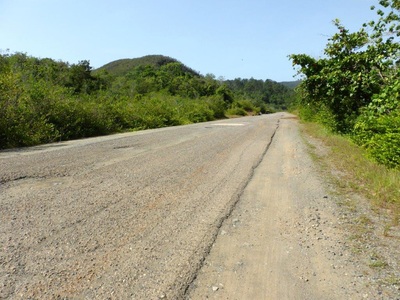
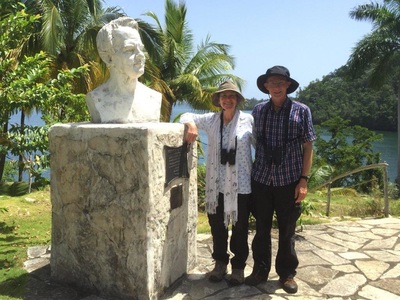
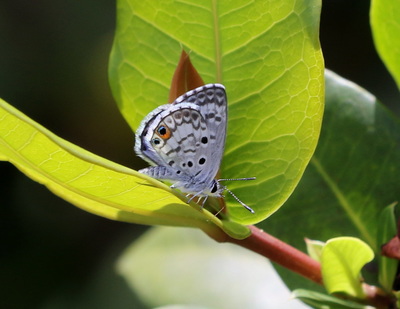
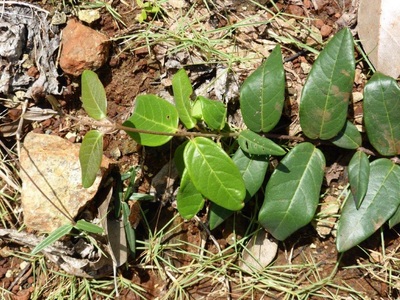
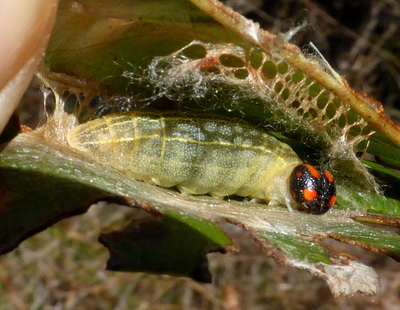
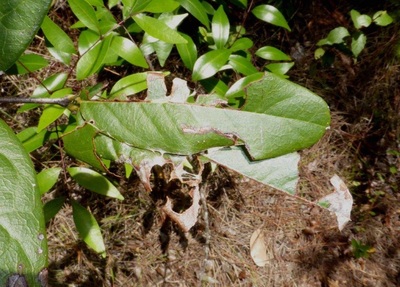
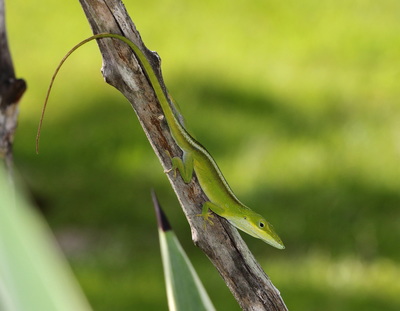
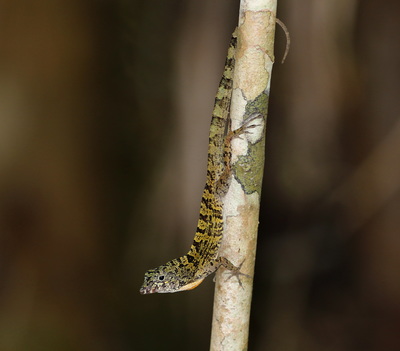
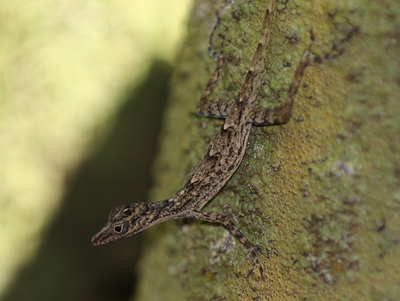
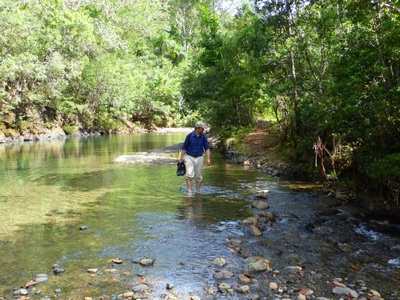
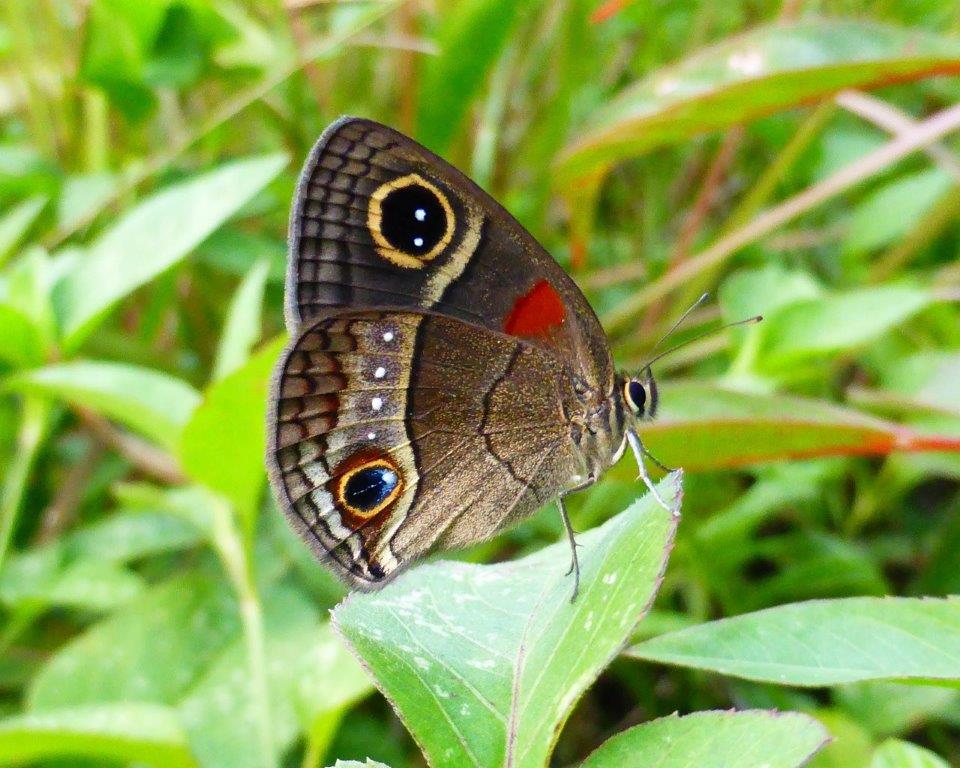
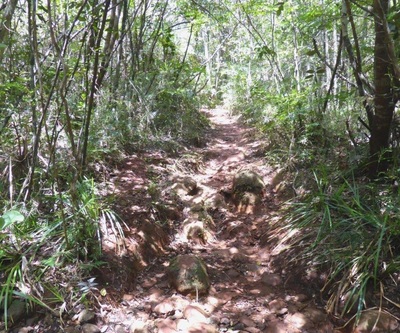
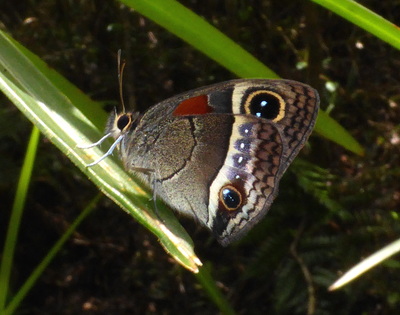
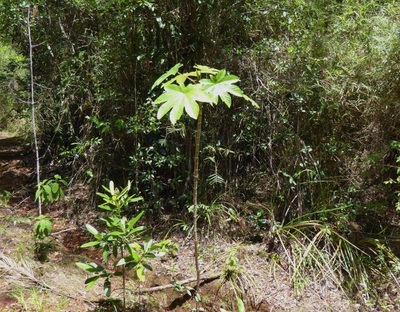
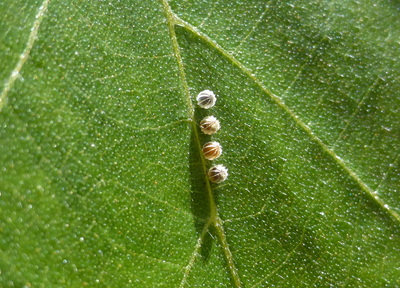

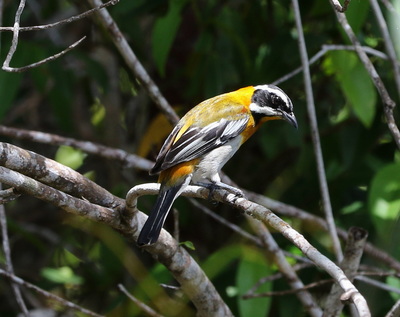
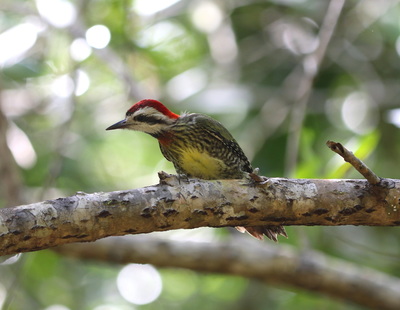
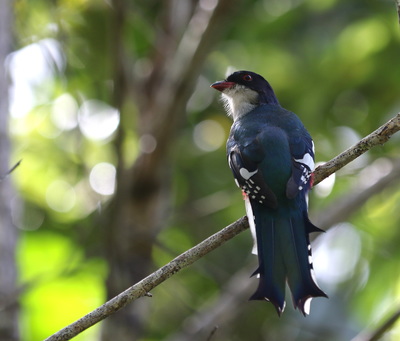
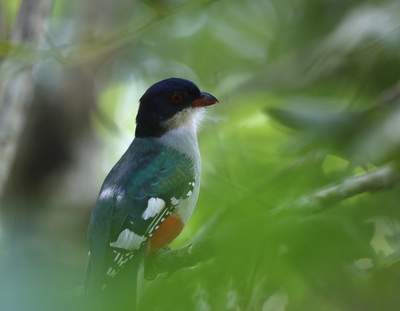
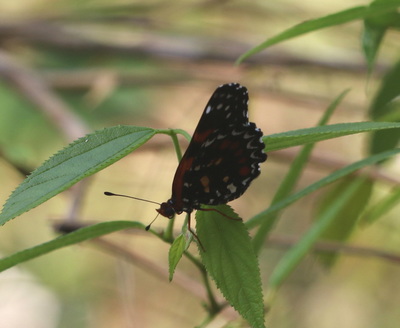
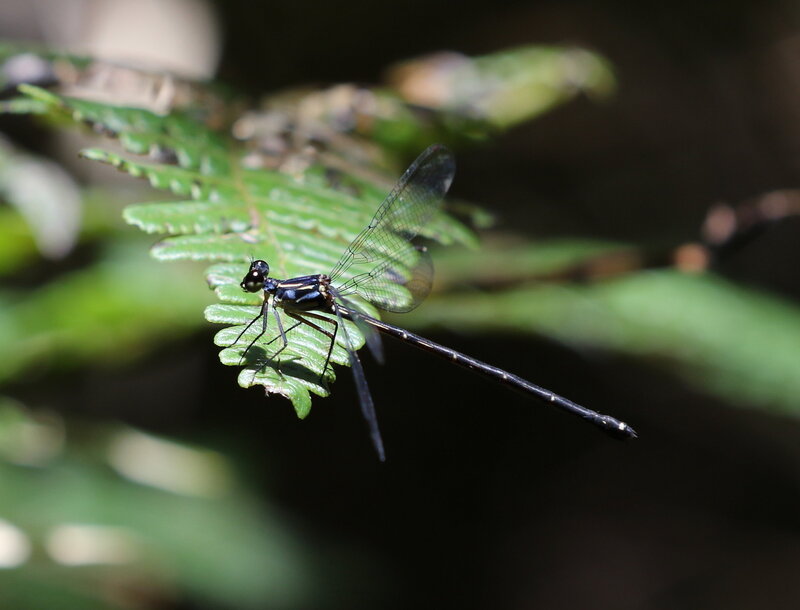
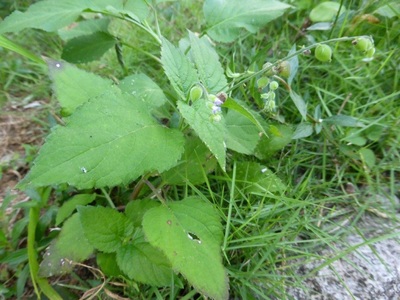
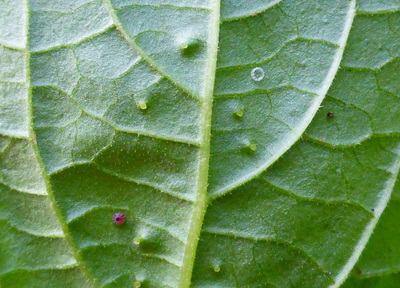
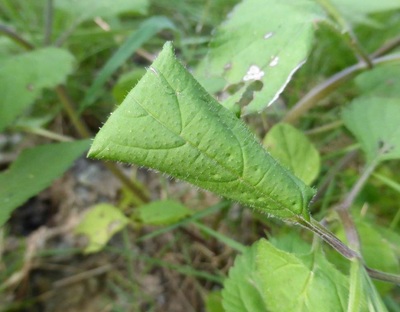
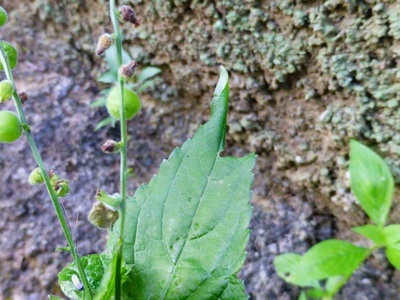
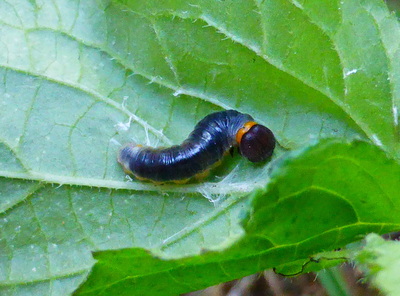
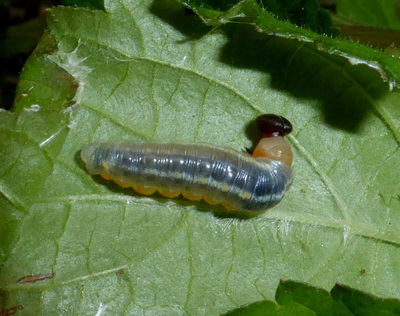
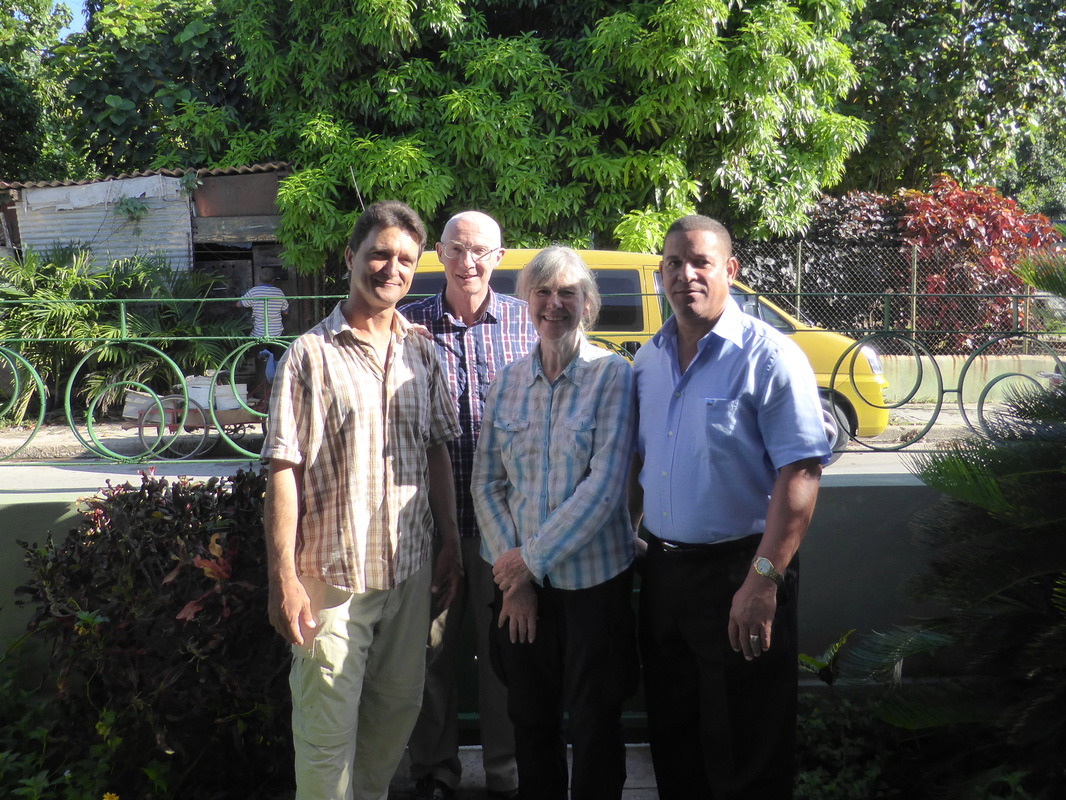

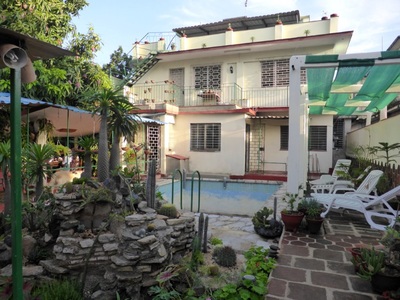
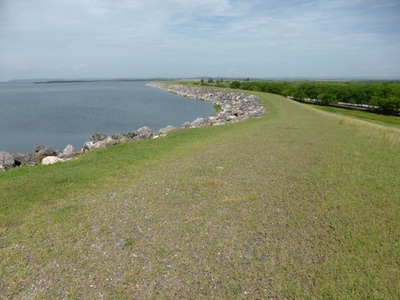
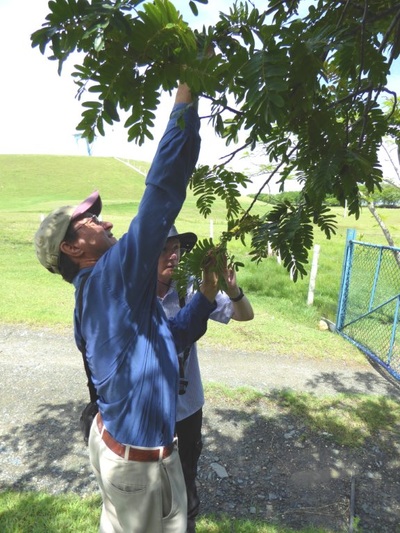
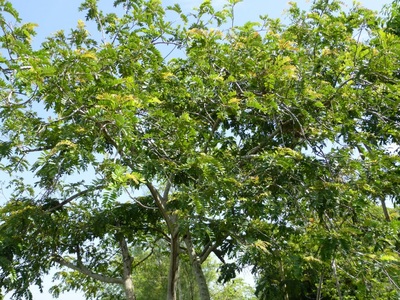
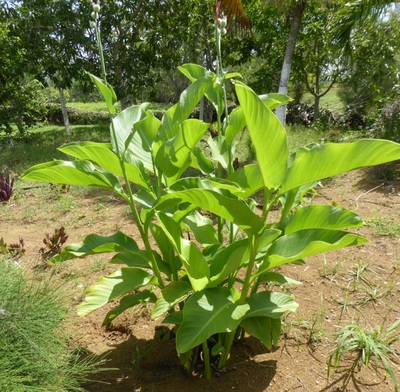
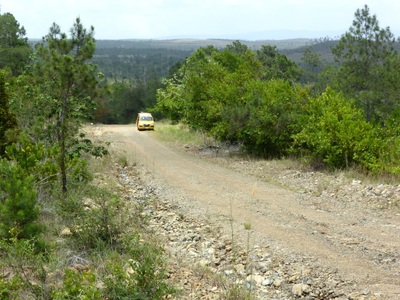
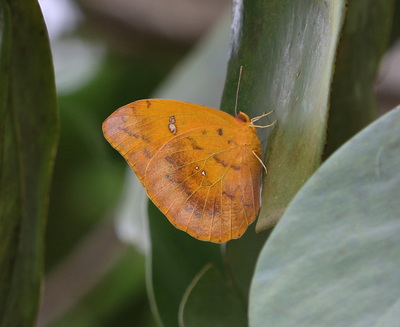
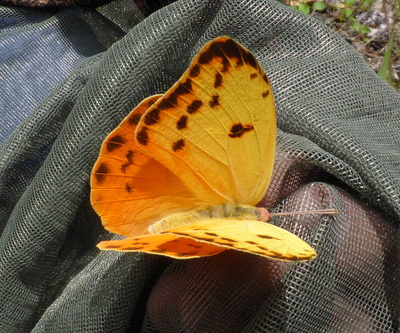
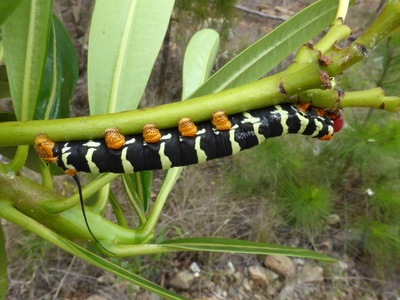
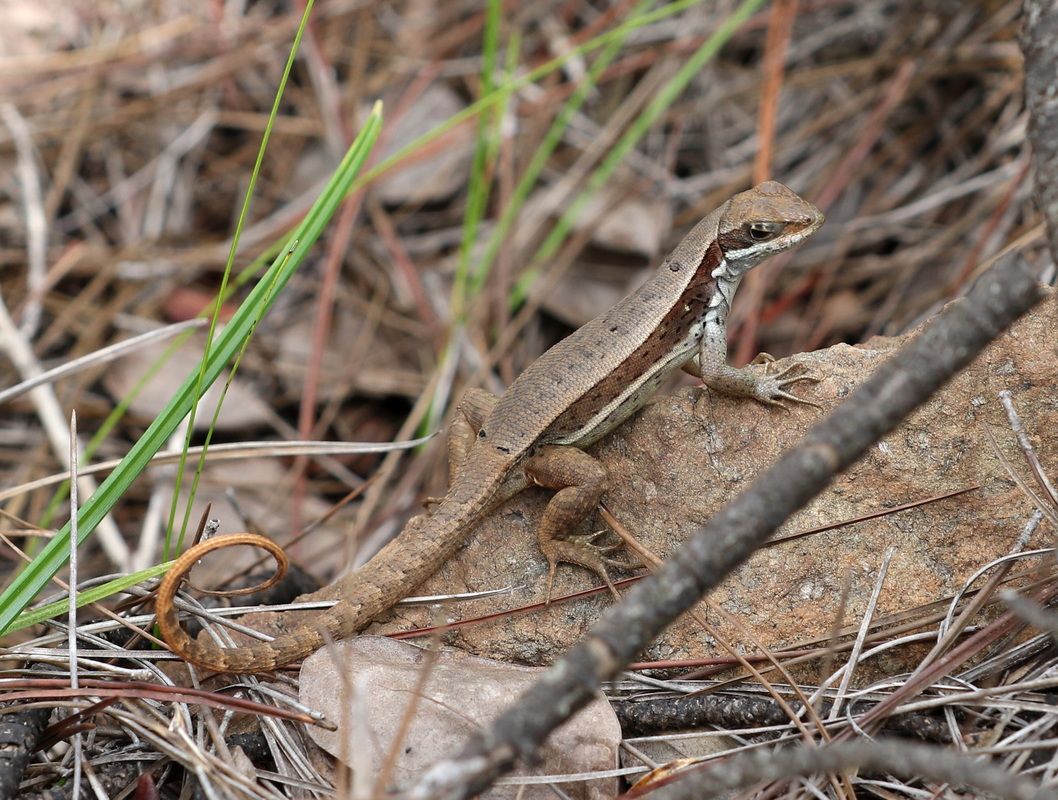
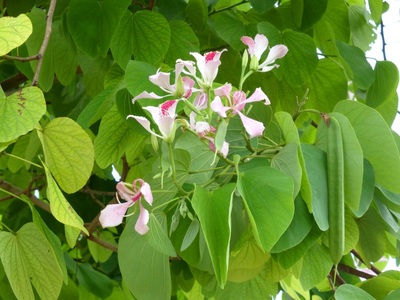
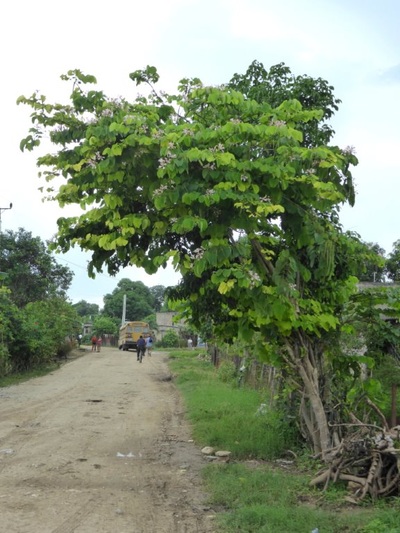
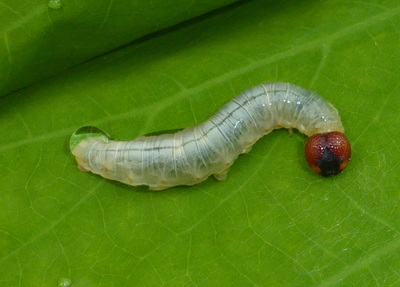
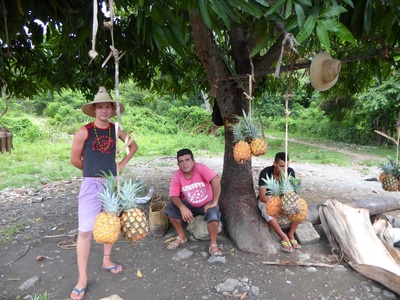
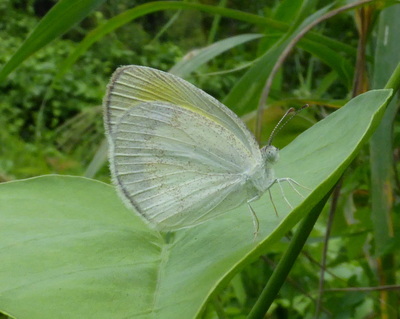
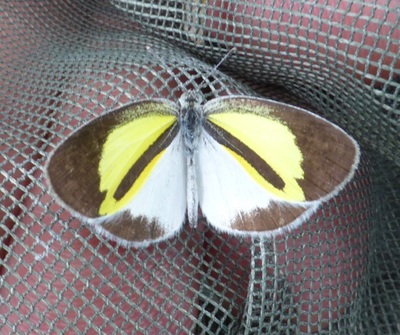
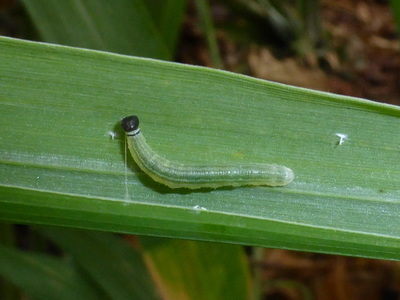
 RSS Feed
RSS Feed